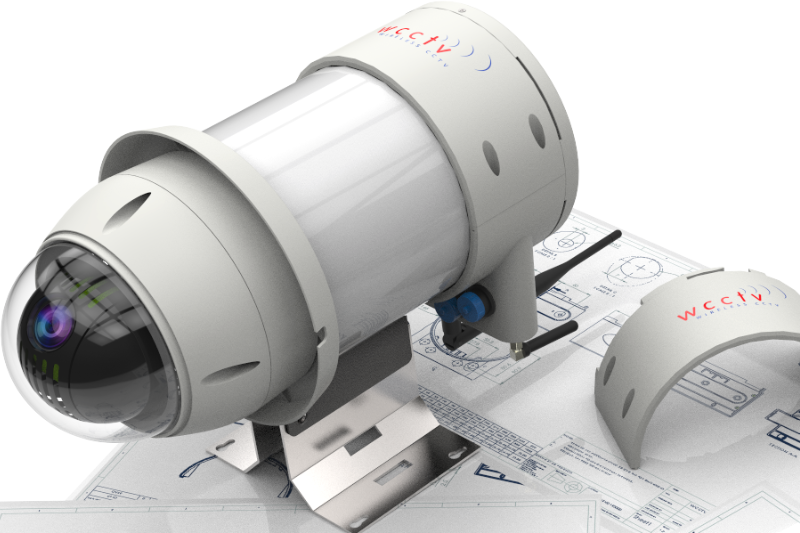Your product design specification should provide guidance for choosing the right sealing option. These requirements can be based on factors such as aesthetics, IP rating, cost, durability, tamper proofing, access for maintenance, design for disassembly, and other technical factors that all impact the product design process and end product. Here we will discuss each of the listed sealing methods to help you better understand the individual benefits and guide you in choosing the optimum method.

Snap Fit
If low unit cost is important, snap fit or press fit sealing methods are commonly used approaches when producing high-volume custom enclosures. Assembly times and part count are usually lower, and the product can have a clean, uncluttered aesthetic as it has no visible fixings. If the snap fits are hidden when assembled, end users can't easily gain access to the custom enclosure without breaking it, so tamper evidence is provided. The snap fit can also be designed to be a functional feature, so the user can 'snap' open a lid to gain access for maintenance for instance. We recently used this approach on a wall mounted plastic enclosure for a UK based technology business.
Screw Fit
Screws are one of the most popular and common sealing methods for a wide range of custom enclosures. When used with different materials the type of screw required can vary and so must be engineered to meet specifications. Screws are available in a vast range of sizes and materials, making them one of the more versatile options. Adding a nice looking screw in a considered manner can enhance certain design approaches, making a product look more engineered, and rugged.
We often use this approach to seal enclosures that need to provide protection from ingress by dust and water, as the action of screwing the lid closed can pull closing faces together and compress a seal.
Adhesive
Adhesives (in liquid and tape form) are less commonly used for sealing due to the added process of handling the adhesive itself, environmental factors, and performance. Nonetheless, in certain situations, adhesives may still be worth considering if high production volumes justify setting up an appropriate assembly line, and a tamperproof end product is required.
Ultrasonic Welding
Ultrasonic welding is a method of joining 2 plastic components together. The plastic parts need to be designed specifically for this process as a section of the plastic is 'sacrificed' (melted) by a quick burst of UltraSonic energy, which rapidly heats the plastic locally to provide a bond. Some set up is required to make a fixture to hold your enclosure in the UltraSonic welding machine, but once set up, this is a relatively quick process. No additional fixing components are required, and the end result should be strong if welded correctly.
We recently used this approach on a hand held electronic device that needed to be compact and tamperproof.
Riveting
In an industrial, anti-tamper application, rivets may be a consideration. Rivets are cost effective, durable and one of the quicker assembly methods for sealing components. There is a wide range of rivet designs available, but, if your product doesn't rely heavily on aesthetics and precision then this may be an option to consider.
There is a wide range of sealing methods for custom enclosures, which is why it is important to consider early in the design process. Your approach should always be based on your product requirements and choosing the best sealing method available on this basis. Selecting the perfect sealing method can make the difference between a good product and a great one, which is why you should always discuss and explore your options throughout the design process.